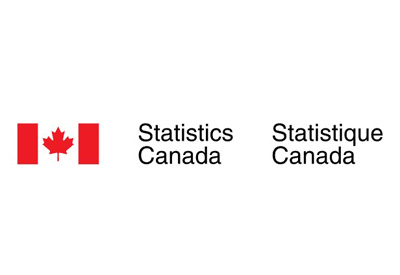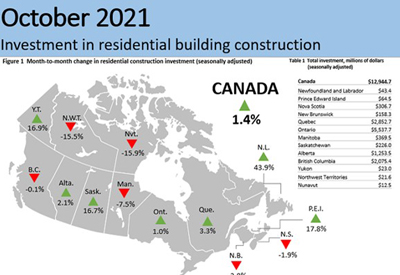Gross Domestic Product (GDP) by Industry, February 2023

May 1, 2023
Real gross domestic product (GDP) edged up 0.1% in February, following a 0.6% increase in January. Both services-producing industries and goods-producing industries edged up 0.1%. Overall, 12 of 20 subsectors increased.
Public sector expands
The public sector (educational services, health care and social assistance, and public administration combined) expanded 0.2% in February, up for the thirteenth consecutive month, with increases in all three subsectors.
Professional, scientific, and technical services rise for the third consecutive month
The professional, scientific, and technical services sector rose 0.6% in February, as seven out of nine subsectors posted gains in the month. Computer systems design and related services (+0.9%) has posted uninterrupted gains since May 2021, and continues to be among the top contributors to growth in the sector.
Construction activity expands for a fifth consecutive month
The construction sector expanded 0.3% in February, as all subsectors were up for a second month in a row.
Residential building construction (+0.3%) was the top contributor to growth in the month, posting a second consecutive increase to start the year after declining in the last five months of 2022. Home alterations and improvement, which was a large contributor to the downward trend in residential building construction activity in 2022, drove the gains in both January and February 2023.
Engineering and other construction activities expanded 0.3% in February and continued the upward trend that began at the end of 2020. Non-residential building construction (+0.4%) posted a third consecutive increase, driven by gains in both new building construction and alterations and improvement.
Finance and insurance advances on non-mortgage debt
Finance and insurance increased 0.3% in February—its second consecutive monthly growth—as all subsectors advanced. Credit intermediation and monetary authorities (+0.3%) contributed the most to growth, driven by increases in credit card debt at chartered banks and personal loans. Financial investment services, funds, and other financial vehicles (+0.3%) and insurance carriers and related activities (+0.2%) also contributed to the gain.
Wholesale trade declines
Wholesale trade contracted 1.3% in February, partially offsetting the large January gain, with five of nine subsectors decreasing in the month. Lower activity in food, beverage and tobacco, building material and supplies, motor vehicle and motor vehicle parts and accessories, and personal and household goods wholesalers drove February’s decline.
Building material and supplies wholesalers followed a downward trend during most of 2022 and was a large contributor to the downward trend in the overall sector. Yet, recent monthly movements suggest a flattening of the trend in the subsector, with February’s decline the first downward movement in three months.
Motor vehicle and motor vehicle parts and accessories wholesalers (-4.4%) reached its lowest level since June 2020, after posting its third consecutive decline, as imports of motor vehicle engines and parts and manufacturing activity contracted in the month.
Retail trade loses ground after gains in January
Retail trade retreated 0.5% in February, recording its first decline in three months. Activity at gasoline stations drove the decline (-5.3%), falling for a second consecutive month, as the volume of sales declined.
General merchandise stores (-3.3%) also contributed to the decline while increased activity at clothing and clothing accessories stores (+3.8%) partially offset declines.
Manufacturing edges down
The manufacturing sector edged down 0.1% in February, as non-durable goods manufacturing (-0.3%) declined and durable goods manufacturing was essentially unchanged.
Beverage and tobacco manufacturing (-2.1%) contributed the most to the decrease in non-durable goods manufacturing. Lower activity in the petroleum and coal product manufacturing subsector (-1.3%) was another large driver behind the decline. Maintenance turnaround as well as lower demand for heating fuel, likely due to mild weather in several European countries and the United States, contributed to this decrease.
Advance real gross domestic product (GDP) for March and the first quarter of 2023
Advance information indicates that real GDP edged down 0.1% in March. Decreases in retail and wholesale trade sectors, as well as in the mining and quarrying (except oil and gas) subsector were partially offset by increases in the public sector, in professional, scientific and technical services, and in administrative and support, waste management and remediation services. This advance information indicates a 0.6% increase in real GDP by industry in the first quarter of 2023. Owing to its preliminary nature, these estimates will be updated on May 31, 2023, with the release of the official GDP data for March and the first quarter of 2023.











